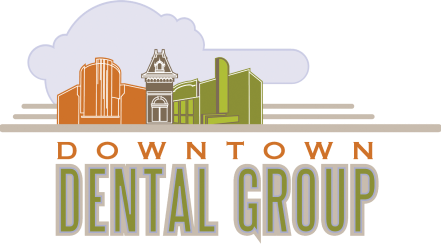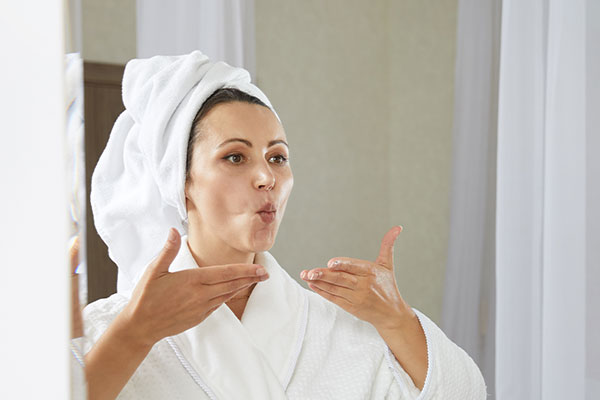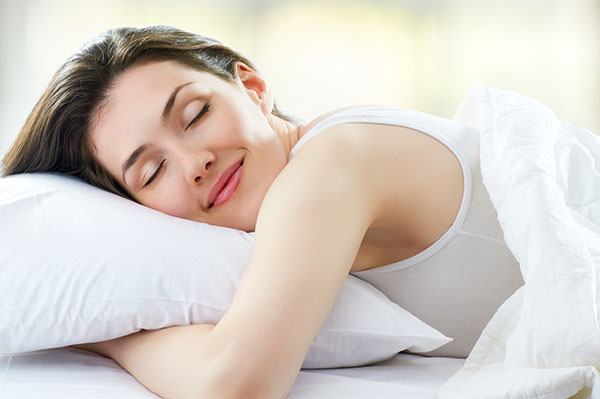Mouth and Throat Exercises for Sleep Apnea
Naturally Combat Your Sleep Apnea Symptoms
Sleep apnea is a common disorder characterized by interruptions in breathing during sleep. One of the contributing factors to sleep apnea is the relaxation of the muscles in the mouth and throat, which can lead to the obstruction of the airway. While there are various treatment options available, including CPAP machines and lifestyle changes, mouth and throat exercises can be a valuable approach to alleviate sleep apnea symptoms.
Our Manhattan sleep dentist breaks down mouth and throat exercises that can be beneficial for sleep apnea. If you have any questions, or you’re looking for treatment, contact our dental office today by calling (785) 776-0097.
What Are Mouth and Throat Exercises?
Mouth and throat exercises, also known as oropharyngeal exercises, are a set of exercises designed to strengthen the muscles involved in speaking, swallowing, and overall oral and throat health. These exercises can help prevent the collapse of the airway during sleep and reduce the severity of apneas. While they aren’t a standalone solution for severe cases, they can be a valuable part of your comprehensive treatment plan.
Benefits of Mouth and Throat Exercises
Performing mouth and throat exercises may provide patients with the following benefits:
- Improved Muscle Tone: These exercises help strengthen muscles in the mouth, throat, and soft palate. Improved muscle tone can reduce the likelihood of airway collapse during sleep, leading to fewer apneas and better breathing patterns.
- Reduced Severity of Sleep Apnea: Regularly practicing these exercises can reduce the severity of sleep apnea symptoms. This means less interrupted sleep and improved overall sleep quality.
- Complementary Treatment: Mouth and throat exercises can complement other sleep apnea treatments, such as continuous positive airway pressure therapy or oral appliances. They can enhance the effectiveness of these treatments and may allow for lower CPAP pressure settings.
- Cost-Effective: Unlike other sleep apnea treatments that may require expensive equipment or devices, mouth and throat exercises are cost-effective and can be done at home without any special equipment.
- Better Sleep Hygiene: Incorporating these exercises into your daily routine encourages better sleep hygiene. As you become more aware of your sleep patterns and the factors that contribute to sleep apnea, you may also make positive lifestyle changes, such as adjusting your sleep position or avoiding alcohol before bedtime.
- Empowerment: Engaging in these exercises empowers individuals to take an active role in managing their sleep apnea. It provides a sense of control and self-management.
- Reduced Dependency on Medication: For some individuals, mouth and throat exercises may reduce the need for medication to manage sleep apnea symptoms.
- Enhanced Quality of Life: By reducing the disruptions caused by sleep apnea, these exercises can contribute to an improved quality of life. You may experience increased daytime alertness, better mood, and better overall health.
- Long-Term Sustainability: Unlike some treatment options that may have limitations or require ongoing costs, mouth and throat exercises are sustainable in the long term. Once you learn these exercises, you can continue practicing them as part of your daily routine.
Types of Mouth and Throat Exercises
Tongue Exercises
- Tongue Press: Push the tip of your tongue against the roof of your mouth and slide it backward. Repeat this motion several times.
- Tongue Slide: Hold your tongue between your teeth and slide it out as far as it will go, then back in. Do this exercise several times.
- Tongue Curl: Curl your tongue backward and touch it to the back of your mouth. Hold for a few seconds and release. Repeat.
Soft Palate Exercises
- Palatal Flutter: Create a fluttering sound by blowing air through your closed lips while keeping your mouth closed.
- Say “Ahh”: Open your mouth wide and say “Ahh” for as long as you can. This helps strengthen the muscles in your soft palate.
Jaw Exercises
- Jaw Thrust: Jut your lower jaw forward and hold for a few seconds, then relax. Repeat this exercise several times.
- Chin Lift: Tilt your head back and lift your chin upward. Hold for a few seconds and release. Repeat.
Swallowing Exercises
- Effortful swallowing: Swallow with extra effort, trying to squeeze all the muscles involved in swallowing.
- Supraglottic swallow: Swallow while holding your breath, followed by a forced cough to clear your throat.
Throat Relaxation Exercises
- Neck stretches: Gently tilt your head from side to side and forward and backward to release tension in the neck and throat.
- Yawning exercises: Yawning can help relax the throat muscles.
Breathing Exercises
- Diaphragmatic breathing: Practice deep breathing from your diaphragm to support better vocal control and overall oral health.
Treatments Combined With Mouth and Throat Exercises
In many cases, sleep dentists or specialists may recommend practicing mouth and throat exercises in conjunction with another form of sleep apnea treatment. These treatments may include:
- Continuous Positive Airway Pressure (CPAP) Therapy: CPAP therapy involves the use of a machine that delivers a continuous stream of air through a mask to keep your airway open. When combined with mouth and throat exercises, CPAP therapy can be more comfortable and effective.
- Oral Appliance Therapy: Oral appliances are custom-made devices that reposition the jaw and tongue to keep the airway open. Combining mouth and throat exercises with oral appliance therapy can provide comprehensive treatment for sleep apnea.
- Lifestyle Changes: Changes such as weight loss, avoiding alcohol and sedatives, and improving sleep posture can reduce the severity of sleep apnea. When combined with mouth and throat exercises, these changes can have a synergistic effect.
- Positional Therapy: Positional therapy involves changing your sleeping position to reduce the risk of airway obstruction. Mouth and throat exercises can complement this therapy by improving muscle tone and making it easier to maintain the desired sleeping position.
Frequently Asked Questions
How often should I perform mouth and throat exercises?
Your goal should be to do mouth and throat exercises every day. Consistency is key for improvement, as with any other form of exercise.
Can mouth and throat exercises cure sleep apnea?
Mouth and throat exercises can help alleviate the symptoms of sleep apnea, but they’re not a guaranteed cure, especially for severe cases. They’re most effective when used as part of a broader treatment plan.
Schedule an Appointment Today!
Are you ready to get your sleep apnea under control? Or do you have questions about mouth and throat exercises? Contact our Manhattan dentist today to schedule an appointment. Call us at (785) 776-0097 to get started!


